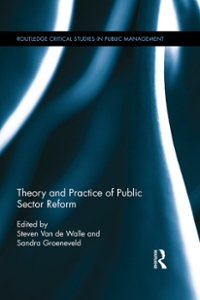Consider the Intertemporal Model we discussed in class, and which is discussed in chapters 11 and 12 in the textbook. You can assume that when real wages go up, the subsitution e'ect overwhelms the income effect, and so labor supplied increases. Suppose the economy is initially in equilibrium, and then a new government program is announced. This program will make public infrastructure investments in the current period that will be funded by lump sum tax revenue and will increase future productivity. That is, a shock occurs which increases G and 2'. Answer the following questions, and justify your answers. Questions: (a) What effect will this shock have on : a consumption demand? 0 investment demand? 0 output demand? (b) What effect will this shock have on : a labor supply? I labor demand? 0 output supply? (c) How will each of the following change in equilibrium? 0 output a real interest rate 0 employment 0 real wage a the price level (d) Following the book's example, draw graphs which show the equilibrium of the labor, asset, and money markets in this economy. Illustrate the shocks above. (It may be helpful to draw additional graphs showing how the output supply and demand curves are determined.) Suppose we have a rm which seeks to maximize the present value of its prot across two periods: 7T, W+I+r where 7r is the real prot in period 1, Tr'is the real prot in period 2, and 'r is the real interest rate. 0 In the rst period, the rm is given exogenously determined capital K, and chooses how much labor N to hire at wage w, and how much to invest I. Output is given by zF(K , N ) = zKaN1\"a and Investment takes the form of output which is not sold. Thus revenues are 2K \"N 1'\" I and so rst period prots are: 7r=zKaN1"'IwN 0 Between periods, some portion of prexisting capital 6 depreciates, and investment is added to the capital stock, so the formula for second period capital is K'=K'(16)+I o In the second period, the rm chooses how much labor N ' to hire at the second period's real wage 10'. And because time ends after the second period, the rm will sell o' any remaining capital stock K ' . (1 6) and so second period prots are given by: a" = z' (K'Y' (N')1'\" + K' - (1 5) w'N








